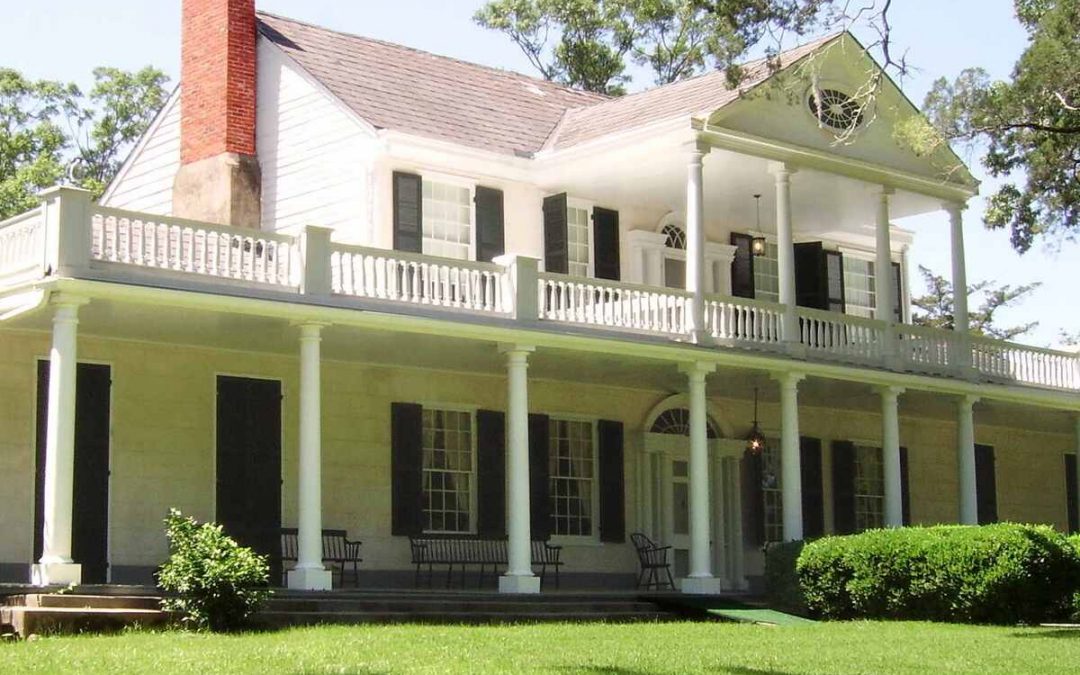Mississippi’s diverse climate allows for both warm-season and cool-season grasses to grow, though high rainfall and hot temperatures sometimes hinder the successful growth of a lush lawn. Despite these challenges, agriculture has been successful in Mississippi for centuries thanks to its naturally fertile soils.
Whether you choose a warm-season or cool-season grass for your landscape depends on many factors. Our guide will tell you everything you need to know about choosing the best cultivar. Read on to discover the 7 best grass types for Mississippi.
In this article, we’ll cover:
- Warm-Season vs. Cool-Season Grasses
- Best Warm-Season and Cool-Season Grass Types for Mississippi
- FAQ About Mississippi Grass Types
- Choosing Plant and Grass Varieties For Your Mississippi Landscape
Warm-Season vs. Cool-Season Grasses
If you’re new to lawn care, distinguishing between cool-season and warm-season grasses can be challenging. Although many maintenance tips apply to both types, they have their share of differences.
Northern Mississippi is in the transition zone, experiencing both hot summers and cold winters. Both cool-season and warm-season grass types grow well in these regions. In the rest of the Magnolia State, warm-season cultivars dominate.
Every homeowner should know when their grass grows, when it goes dormant, and how it handles climate conditions. Whether you select a cool-season or warm-season grass depends on your preferences, location, and the characteristics of your landscape. Consider the unique traits of different grass types:
Warm-Season Grasses
- Thrive when temperatures are between 80 to 95 degrees Fahrenheit
- Grow best in the Southern half of the United States
- Begin their active growing season in the spring and go dormant in early to mid fall
- Are drought and heat-tolerant and intolerant of cold and frost
Cool-Season Grasses
- Thrive when temperatures are between 60 to 75 degrees Fahrenheit.
- Tolerate cooler temperatures, but go dormant after the first frost until spring
- Begin their active growth seasons in early spring and again in early fall
- May require more fertilizer and pesticides than warm-season grasses
- Maintain their green color all summer and winter in many transition zone locations
Bottom line: Plant warm-season grasses in late spring or early summer, and stick to sowing cool-season varieties in the fall.
Best Warm-Season and Cool-Season Grass Types for Mississippi
The following grass types adapt to the climatic and soil conditions of Mississippi:
1. Bermudagrass
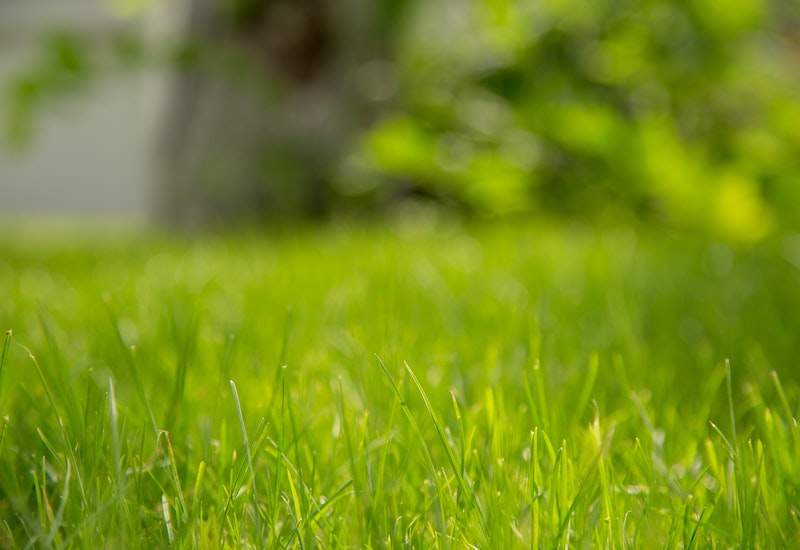
Photo Credit: Pexels
Bermudagrass, also known as Bahama grass or dog’s tooth grass, is an excellent choice for many parts of the South, including Mississippi. It is quick-growing and thrives in most soil types. Bermudagrass is drought, humidity, and salt-tolerant and grows best in full sun.
This warm-season cultivar stands up to heavy foot traffic, recovers quickly, and is disease resistant. Bermudagrass is relatively high-maintenance, requiring weekly fertilization and watering during the spring growing season.
Common bermudagrass is coarser in texture, though hybrid cultivars can create a more fine-textured, albeit high-maintenance, lawn.
Classification: Warm-season grass
Spreads by: Stolons and rhizomes
Shade tolerance: Poor — needs full sun
Drought resistance: High
Foot traffic tolerance: High
Maintenance needs: Needs frequent mowing due to fast growth rate; develops thatch easily; needs regular fertilization
Mowing height: 1-2 inches
Potential for disease: Good resistance to disease, although diseases are common; low resistance to insects
Soil pH: 6-6.5
Soil type: Tolerates most soil types
Other notes: Bermuda spreads aggressively via its stolons (above-ground stems) and rhizomes (below-ground stems) and is able to outcompete many weeds. The downside is that it also can be a nuisance and is sometimes considered invasive. You’ll often find it has tunneled underground into flower beds and spread into neighboring lawns. Tolerant of most soil types
2. Carpetgrass
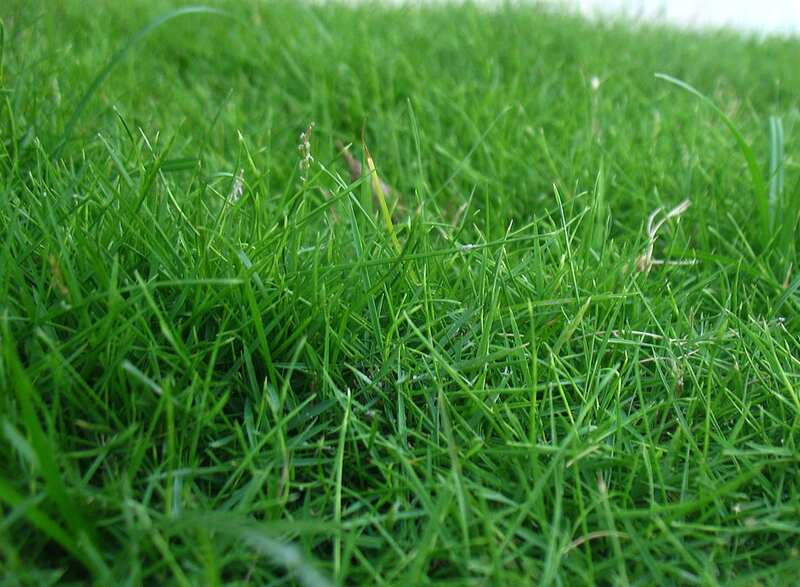
Photo Credit: Sugeesh / Wikimedia Commons / CC BY-SA 3.0
Carpetgrass likes tropical climates, moist, fertile soils, and full sun but can easily thrive in partial shade. In fact, experts recommend planting carpetgrass in Mississippi landscapes with large shade trees.
Carpetgrass thrives on one inch of water per week. It is a low-maintenance and adaptable grass with a coarse texture that creates a dense, light-to-medium green lawn. It is high-maintenance like bermudagrass and requires regular mowing.
Classification: Warm-season grass
Spreads by: Stolons
Shade tolerance: Moderate
Drought resistance: Moderate
Foot traffic tolerance: Low to moderate
Maintenance needs: Mow weekly to control seed heads
Mowing height: 1-2 inches
Potential for disease: Large patch is common
Soil pH: 5-6
Soil type: Infertile, moist but not waterlogged, acidic, sandy
Other notes: Usually established by seed. Flourishes in warm and humid conditions along the Gulf Coast. Does not thrive in arid climates.
3. Centipedegrass
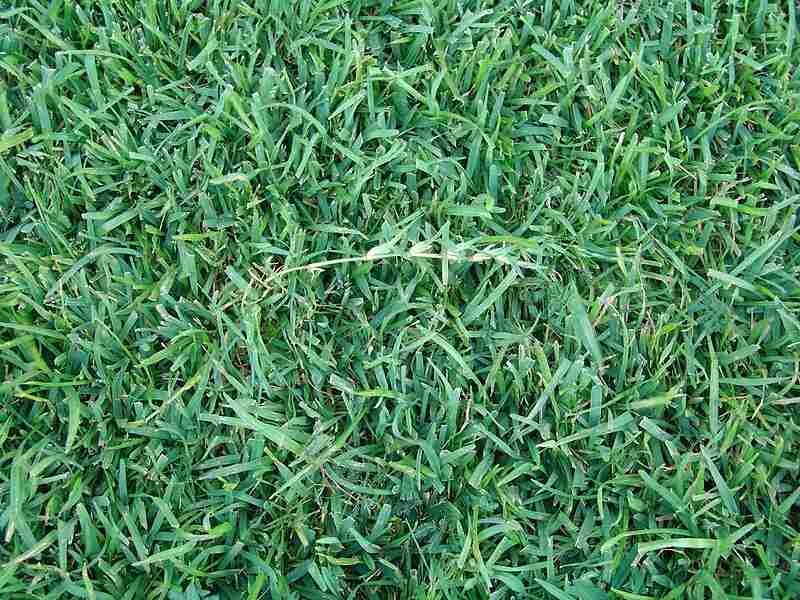
Photo Credit: James Becwar / Wikimedia Commons / CC0 1.0
Though slow-growing, centipedegrass is a Mississippi favorite. This medium-textured grass has bright green leaves and a dense growth habit. It is low-maintenance and disease and pest-resistant. Cultivars grow well in partial shade but prefer full sun.
Centipedegrass isn’t exceptionally drought-tolerant and requires sandy, limestone soils for steady growth. It prefers acidic soils with a pH below 7.
Classification: Warm-season grass
Spreads by: Stolons
Shade tolerance: Moderate — at least six hours of full sun per day
Drought resistance: Low to moderate
Foot traffic tolerance: Low
Maintenance needs: Low mowing frequency
Mowing height: 1.5-2 inches
Potential for disease: Good resistance to diseases and insects
Soil pH: 5-6
Soil type: Acidic, infertile, at least moderately good drainage (very dense, clay soils produce poor results)
Other notes: Low maintenance once established; greenish-yellow color (like a green apple) during the growing season; low fertilizer and mowing requirements; doesn’t tolerate heavy traffic; not a salt-tolerant grass
4. Zoysiagrass
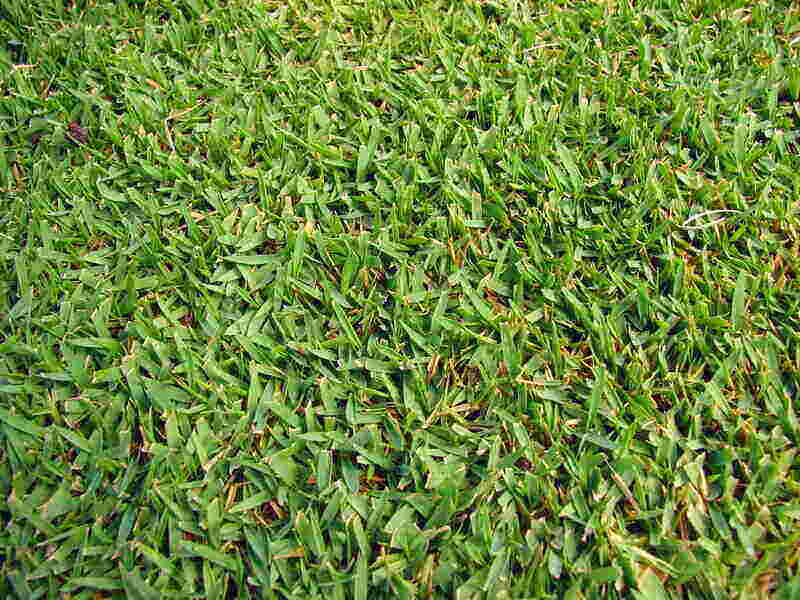
Photo Credit: Forest & Kim Starr / Wikimedia Commons / CC BY-SA 3.0
Zoysiagrass is a drought and heat-tolerant warm-season grass that blooms in May. It prefers full sun and sandy, well-drained soils. It is more cold and shade-resistant than other warm-season cultivars thanks to a deep root system. Cultivars can hold their own against drought, heavy foot traffic, and weeds.
This slow-growing, dark-green turfgrass produces a dense lawn that needs to be cut with sharp mower blades. Insects have a hard time invading zoysiagrass thanks to its thick blades and growth habit.
Classification: Warm-season grass
Spreads by: Stolons and rhizomes
Shade tolerance: Tolerates light to moderate shade
Drought resistance: High
Foot traffic tolerance: High
Maintenance needs: Low to moderate nitrogen requirement; moderate mowing frequency
Mowing height: 1-2.5 inches
Potential for disease: Not prone to disease and insects; good disease tolerance overall
Soil pH: 6-6.5
Soil type: Well-draining, some cultivars more tolerant of a wide range of soils than others
Other notes: Moderately salt tolerant; cut with sharp mower blade; mow taller if grass is in partial shade
5. Tall Fescue
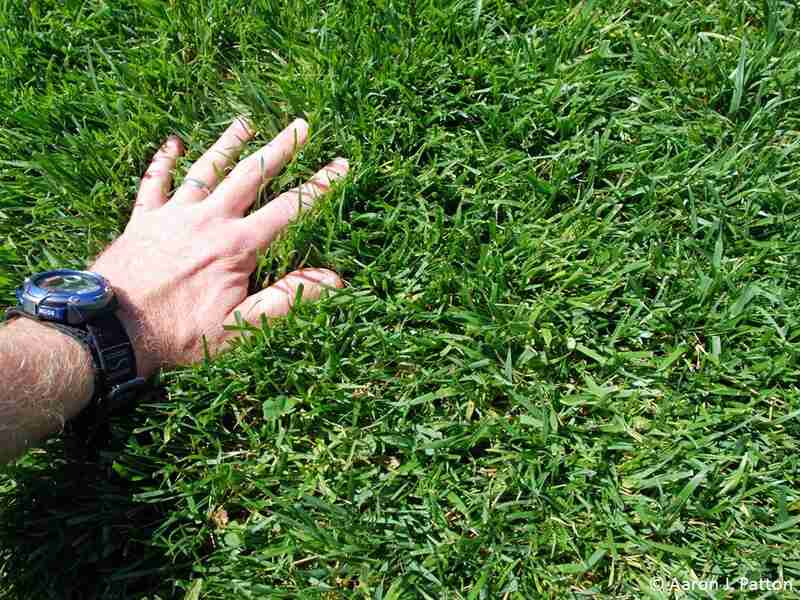
Photo Credit: Aaron Patton / Purdue’s Turfgrass Science Program
Tall fescue is a popular cool-season grass, well suited for the northern regions of Mississippi. It is easy to establish, has a coarse texture, and remains green during the cold months when warm-season varieties turn brown and go dormant.
Tall Fescue is a bunch-type grass that grows most vigorously during spring and fall. It is adaptable but prefers fertile, well-drained, clay soils. Cultivars require regular irrigation during the summer months. Tall fescue loves the sun but tolerates moderate shade.
Classification: Cool-season grass
Spreads by: Tillers (Bunch forming)
Shade tolerance: Moderate to high
Drought tolerance: Moderate
Foot traffic tolerance: Moderate – doesn’t recover easily from wear
Maintenance needs: Moderate
Recommended mowing height: 2-4 inches (Check your cultivar and state recommendations, as many tall fescue lawns grow best when they’re mowed on the tall side.)
Potential for disease: Low to moderate – can be susceptible to brown patch, leaf spot, seedling disease, cutworms, armyworms, grubs, and sod webworms
Soil pH: 5.5-6.5
Soil type: Grows in most soil types but prefers clay soils
Other notes: Fertilize it only once in September and November. To restore the lushness of your lawn and address thinning and patchy areas, it is recommended to sow new grass seeds every few years.
6. Kentucky Bluegrass
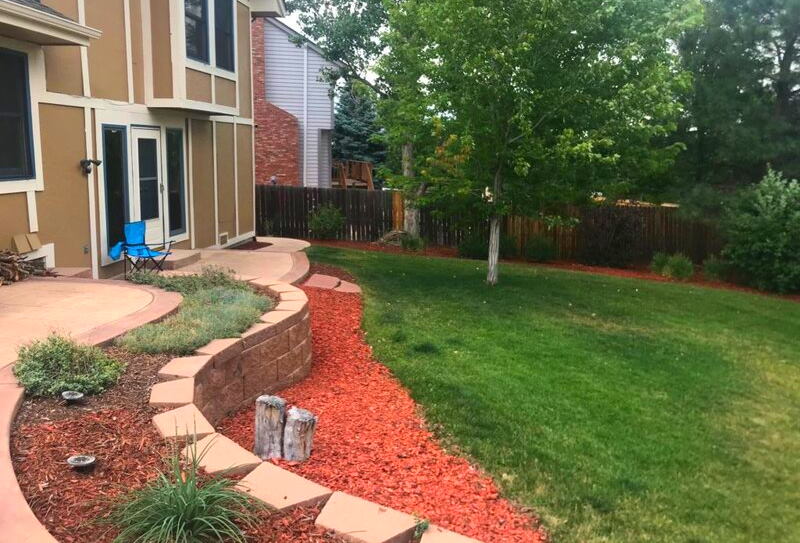
Photo Credit: Brenda Ryan / Wikilawn
Kentucky bluegrass is a high-maintenance, high-quality turfgrass with deep roots that rely on regular watering and fertilization. Kentucky bluegrass recovers quickly from injury, so active kids and pets running around won’t be a problem, and its beautiful bluish-green color increases curb appeal.
Cultivars form a fine-textured, dense, carpet-like lawn, but take six months to thicken. While it grows best in the sun, it doesn’t tolerate high heat and drought unless it is well irrigated. Plank Kentucky bluegrass in northern Mississippi and Tennessee border regions.
Classification: Cool-season grass
Spreads by: Rhizomes
Shade tolerance: Low to moderate — prefers full sun
Drought resistance: Moderate, but will survive by going dormant
Foot traffic tolerance: Low to moderate, but recuperates well
Maintenance needs: Moderate mowing frequency; a high-maintenance grass
Mowing height: 2-3 inches
Potential for disease: Moderate to high
Soil pH: 6-7
Soil type: Good drainage, fertile
Other notes: Produces a dense lawn under ideal conditions; many of these traits (shade tolerance, drought resistance, etc.) vary widely by cultivar, with newer cultivars generally being hardier, more resistant to disease, etc.; mow taller in summer; most often mixed with other species, such as tall fescue, in home lawns.
7. Perennial Ryegrass
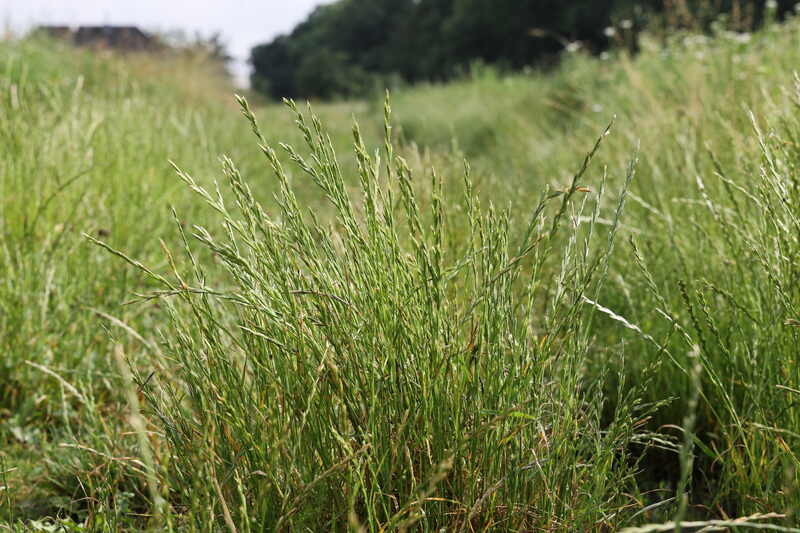
Photo Credit: T. Kebert / Wikimedia Commons / CC BY-SA 4.0
Perennial ryegrass is widely used throughout the U.S., but its application varies from region to region. Cultivars are commonly found in the northern regions of Mississippi, where cool and warm temperatures meet in the middle.
It is a deep green-colored grass with a glossy texture and the highest traffic tolerance of any cool-season variety. Perennial ryegrass is often used around homes, schools, athletic fields, and parks.
This rich, fine-textured grass wins major points for its fast germination rate, quick establishment, and disease resistance. While not as cold-hardy as Kentucky bluegrass or tall fescue, perennial ryegrass thrives in moderate summers and cool winters. It is important to note cultivars are usually mixed with other grass types like Kentucky bluegrass, tall fescue, or fine fescue to create a hardy and drought-tolerant lawn.
Classification: Cool-season grass
Spreads by: Bunch-type grass
Shade tolerance: Low — prefers full sun
Drought resistance: Low (summer dormancy in some areas)
Foot traffic tolerance: High, but poor recuperative ability
Maintenance needs: Moderate mowing requirement, depending on cutting height (lower cutting heights require more frequent mowing)
Mowing height: 2-3 inches
Potential for disease: High, especially in areas with hot, humid summers
Soil pH: 6-7
Soil type: Good drainage, high fertility
Other notes: Most often mixed with Kentucky bluegrass and fine fescue in a cool-season mix; well known for its excellent striping ability, low mowing tolerance (reel mower fans, this one’s for you), and rapid germination rate (four to seven days). Needs moderate levels of fertilizer
FAQ About Mississippi Grass Types
Bermudagrass is preferred when it comes to heavy foot traffic in the Southern states.
Zoysiagrass is one of the easiest turfgrasses to maintain. It withstands drought and survives in poor soil conditions with little upkeep. It also stands up to diseases, pests, and weeds.
Perennial ryegrass and tall fescue are the best cool-season grass varieties for shaded lawns, while zoysiagrass is the most shade-tolerant warm-season cultivar.
Choosing Plant and Grass Varieties for Your Mississippi Landscape
When choosing a grass type for your lawn, consider sun exposure, soil type, watering capabilities, and maintenance needs.
The grass type you select should match your needs and budget. Whether you pick bermudagrass, zoysiagrass, fine fescue, or any other cultivar, a well-maintained lawn is the difference between fab and drab. For additional inspiration, check out our guide detailing the best native plants for Mississippi.
For a worry-free lawn care experience and a healthy outdoor space, let Wikilawn connect you with a local lawn care pro today. Our trusted experts are spread out across Jackson, Southaven, Olive Branch, Pearl, Ridgeland, and many other cities in the Magnolia State.
Main Image Credit: ScottOldham / Flickr / CC BY 2.0

